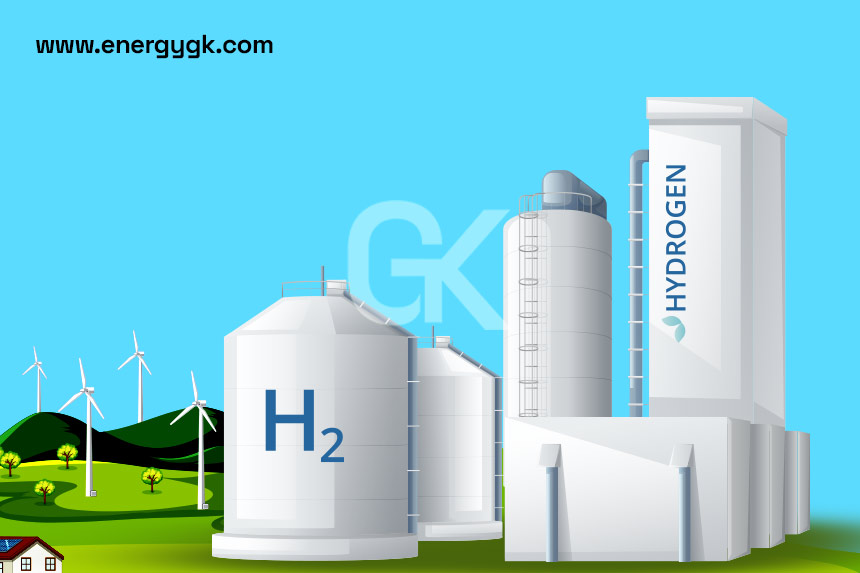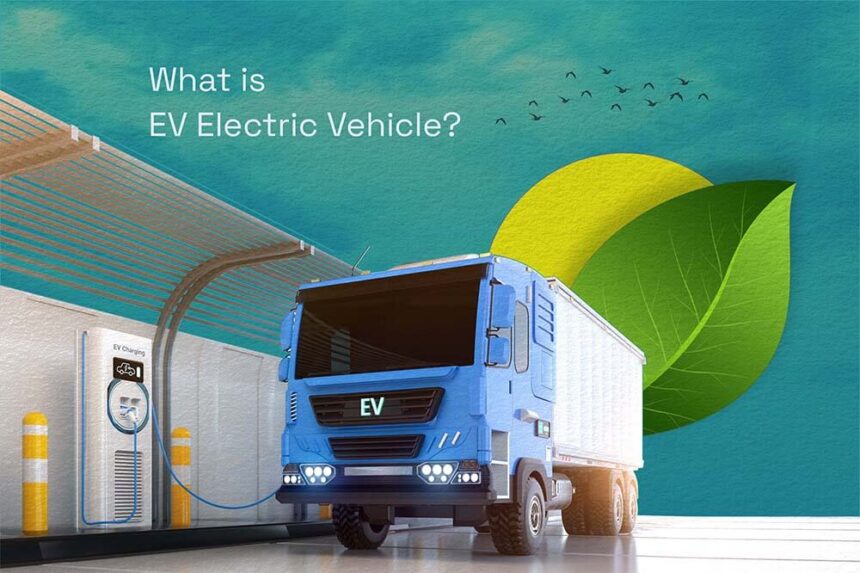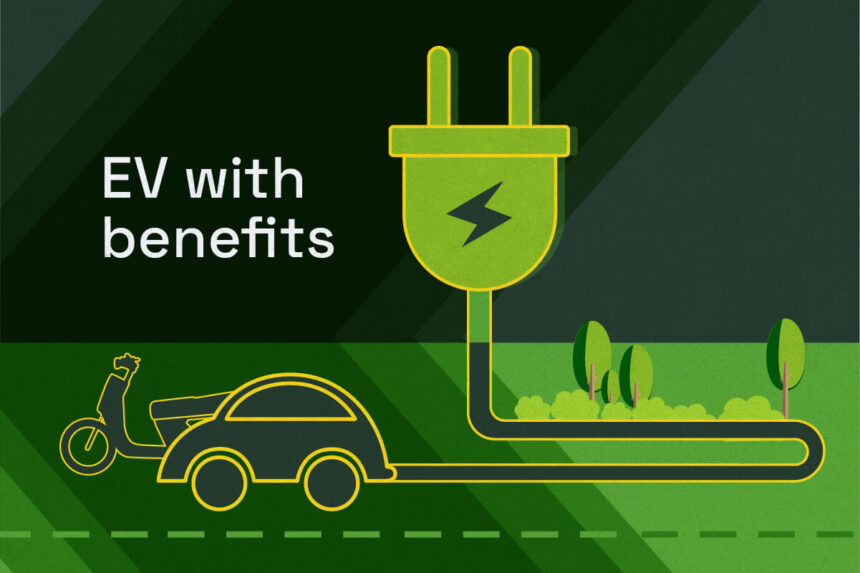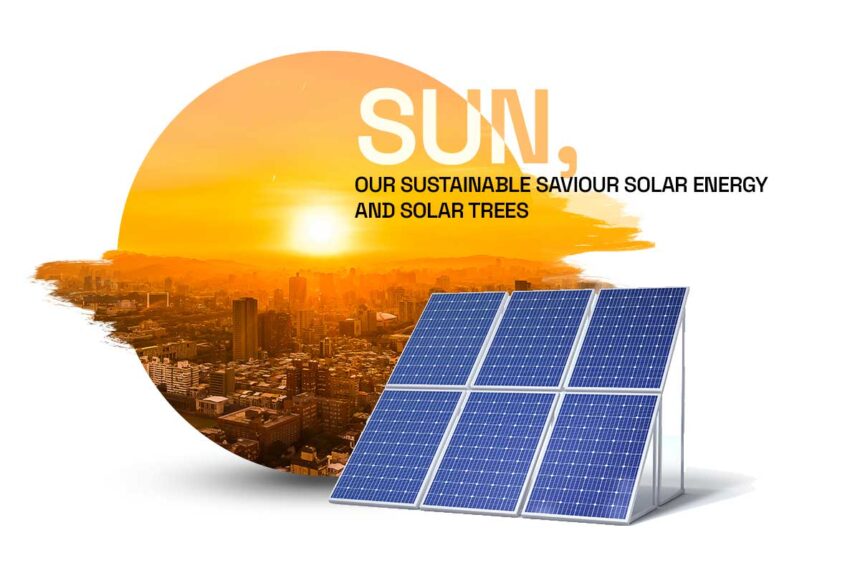Among the oldest and most dependable forms of renewable energy is solar energy which is energy that is extracted from the sun. From the clever strategies used by ancient civilizations to the state-of-the-art technologies of today its use has changed dramatically over the ages. This essay explores the intriguing development of solar energy from antiquity to the present. Ancient societies and their initial applications.
Greeks and Egyptians. Solar energy was first utilized by the ancient Egyptians. They included large windows in their architectural design to let in natural light and heat. They also used solar alignment when building their monuments and temples like Abu Simbels well-known solar temples. Solar power was also utilized by the ancient Greeks. In order to maximize their exposure to the sun during the winter they built their homes with the south facing them. Passive solar design is the term for this technique that is still in use today.
The Romans. By building huge glass windows that let sunlight into their residences and public baths the Romans advanced the use of solar energy even further. This invention assisted in heating their spaces in addition to providing natural light. They valued solar energy so highly that they even passed laws to guarantee access to sunlight.
The Renaissance to the Middle Ages. A number of socio-political factors contributed to the decline in solar energy use during the Middle Ages. But the Renaissance saw a comeback for it. Inventors such as Leonardo da Vinci started investigating the possibilities of solar energy for a range of uses such as heating water. Early Scientific Discoveries and the Industrial Revolution. Science and technology have advanced significantly since the Industrial Revolution.
The fundamental idea underlying solar cells was discovered by French scientist Edmond Becquerel in 1839. His contributions set the stage for later advancements in solar technology. The first solar cell was invented in the late 19th century by American inventor Charles Fritts although it had an efficiency of less than 1%. William Grylls Adams and Richard Evans Day advanced the field of photovoltaic technology in 1876 when they found that selenium generated electricity when exposed to light.
Progress and Difficulties in the 20th Century. When modern solar cells first appeared. The first silicon-based photovoltaic (PV) cell that was practical was created in 1954 by Bell Laboratories in the United States. Its efficiency was about 6%. The modern solar energy era began with this discovery. The primary purpose of these early solar cells was to power satellites during space missions.
Environmental consciousness and the energy crisis. Interest in solar power and other alternative energy sources increased in the 1970s due to the energy crisis and increased environmental consciousness. Both public and private sectors started funding solar R&D. During this time solar cell costs dropped and efficiency increased significantly. Solar energy is maturing in the twenty-first century.
Advances in Technology. Solar technology has come a long way in the twenty-first century. New materials like perovskites promise even higher efficiencies than the over 20 percent that modern solar panels have achieved. The problem of intermittency has been solved by advances in solar storage such as lithium-ion batteries which increase the dependability of solar energy.
International Adoption. An increasingly important part of the worlds energy mix is solar energy. Globally nations are making significant investments in solar infrastructure as a means of mitigating climate change and reducing their reliance on fossil fuels. Nowadays it is typical to see large-scale solar farms home solar installations and solar-powered electronics.
Conclusion
The development of solar energy over time is evidence of human ingenuity and our persistent search for renewable energy sources. The history of solar energy is characterized by constant innovation and adaptation from the solar temples of ancient Egypt to the most advanced solar farms of the present day. Future energy challenges and the development of a greener more sustainable planet will surely be greatly aided by solar power.






